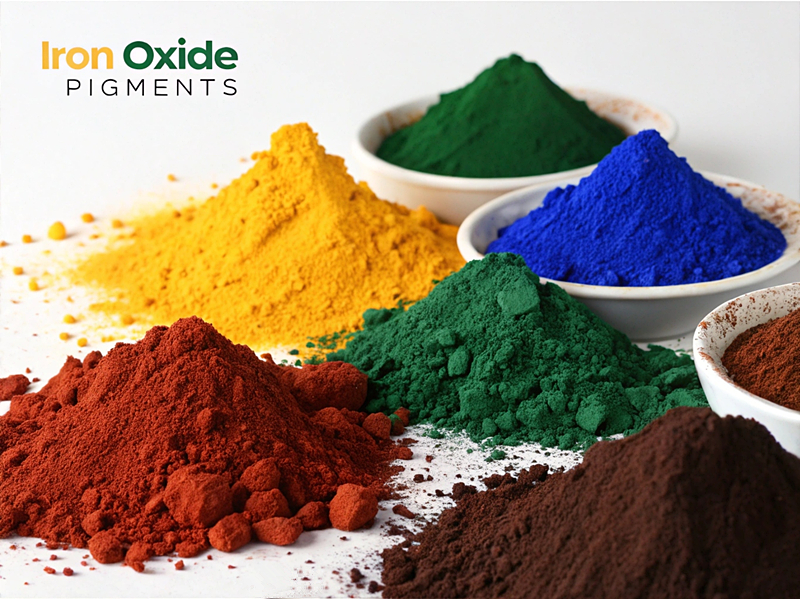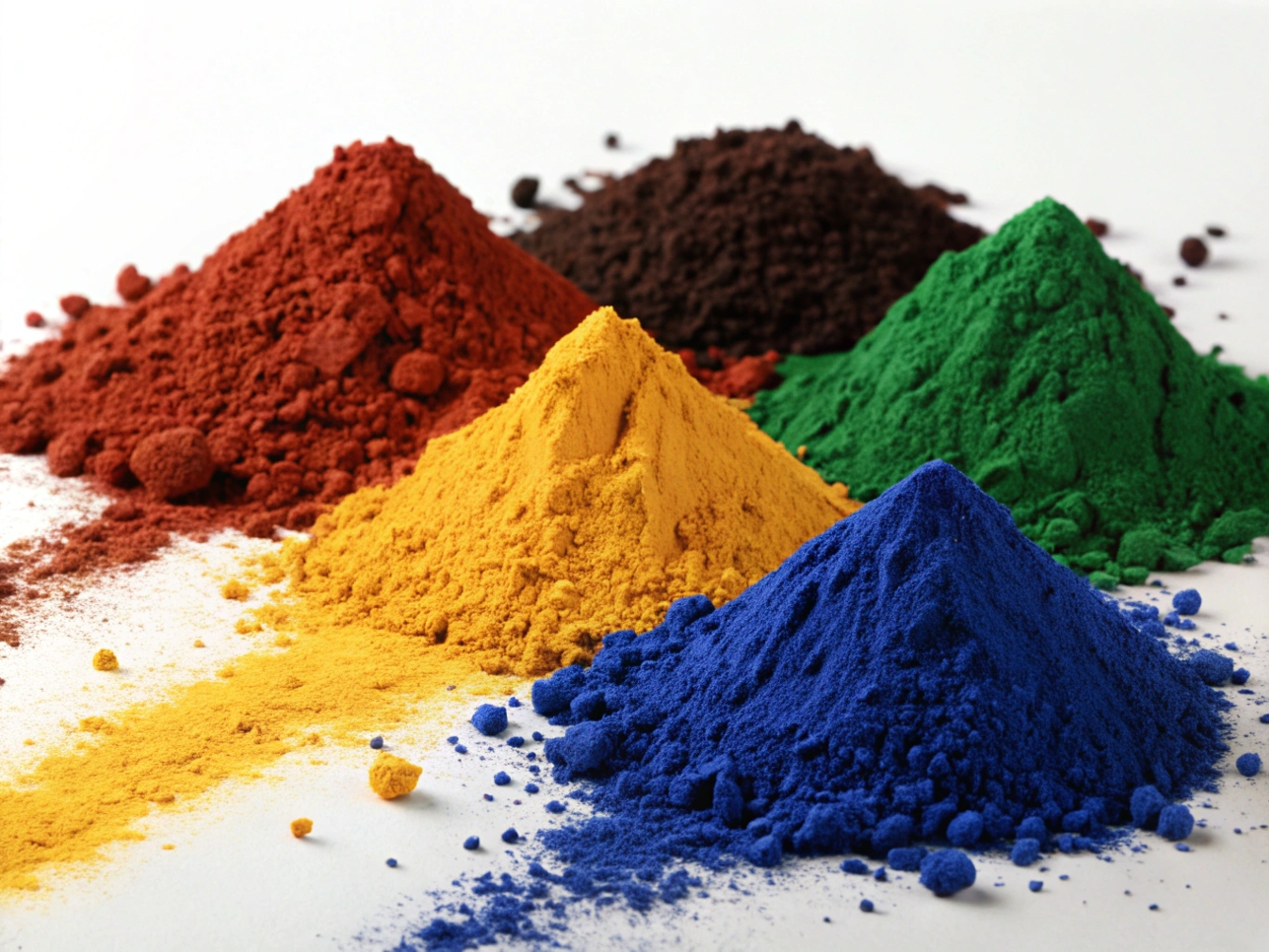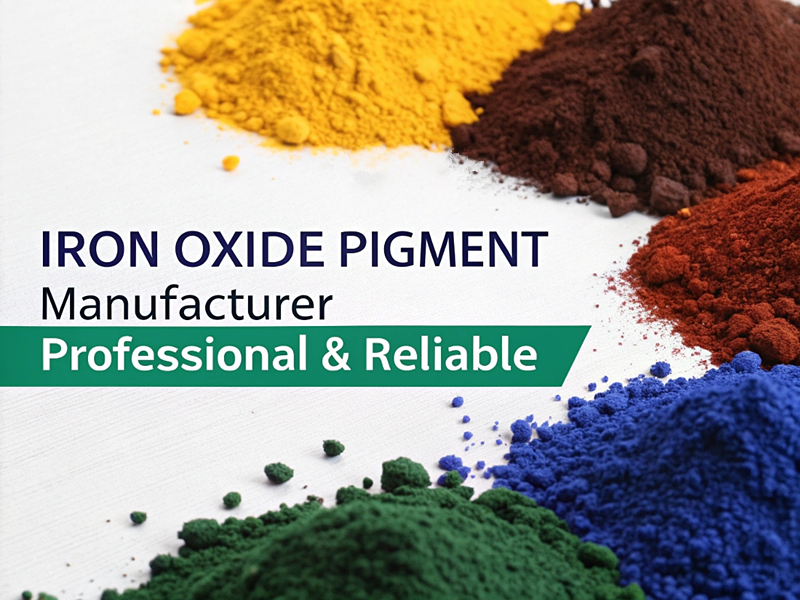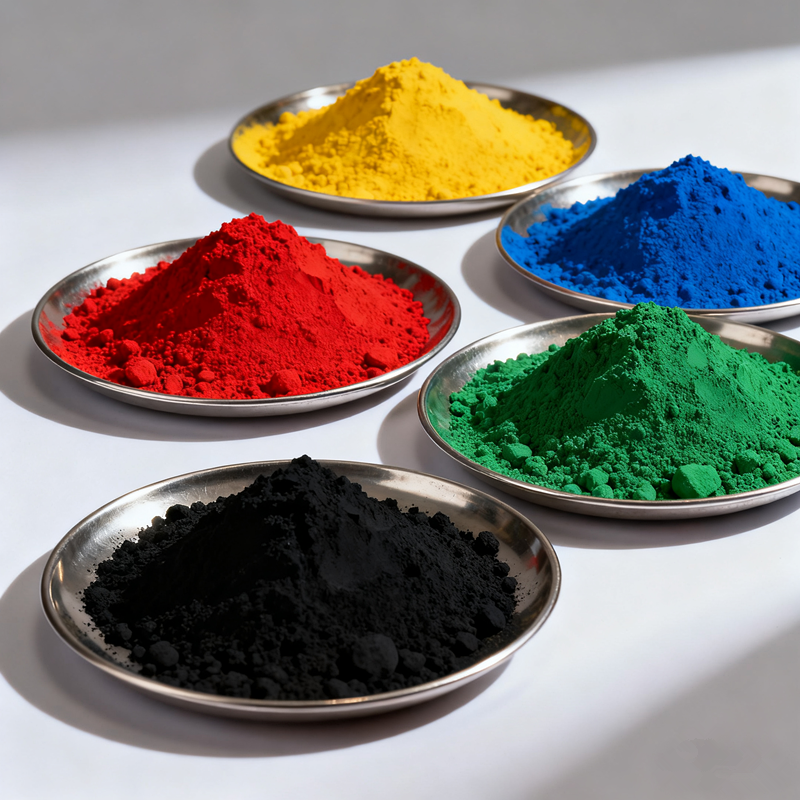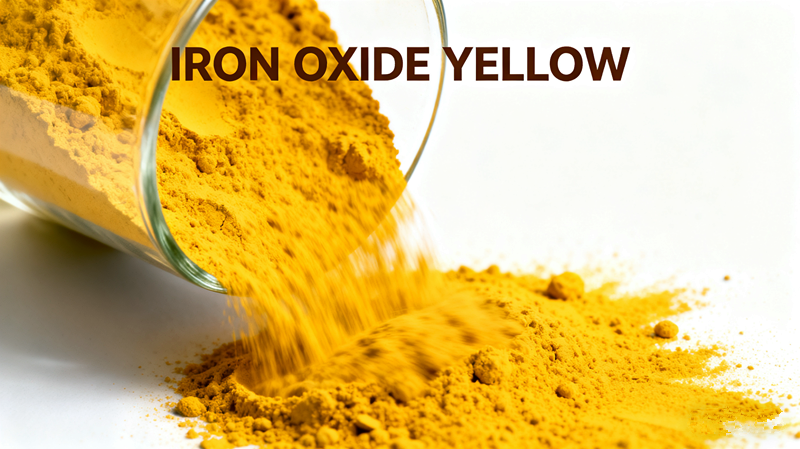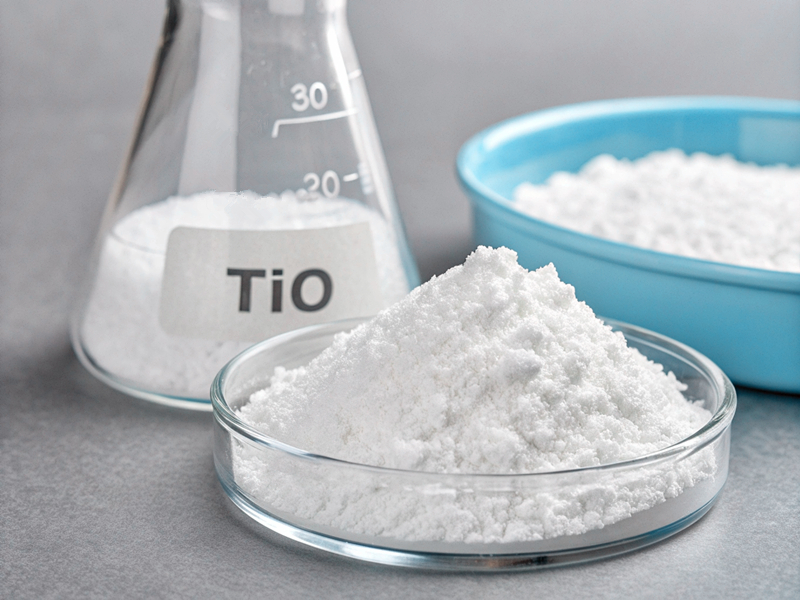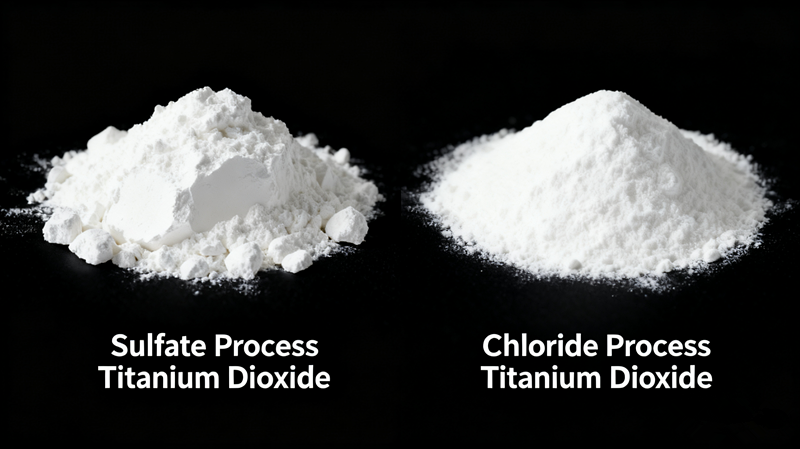Iron oxide pigments are widely used in construction, coatings, plastics, and ceramics due to their durability, non-toxic nature, and vibrant colors. However, not all pigments offer the same performance. Choosing the right pigment for your application means understanding how to evaluate its quality. This blog post will help you identify the key indicators of high-quality iron oxide pigments1 and make informed purchasing decisions.
1. Color Strength and Consistency
Color strength refers to how much pigment is needed to achieve a desired color shade. High-quality iron oxide pigments deliver strong tinting power, meaning you can use less material to get a rich, uniform color.
More importantly, color consistency across batches ensures your final product always looks the same—critical for applications like brick, concrete tiles, and paints where appearance matters. Quality manufacturers test each batch against standard color charts to ensure minimal variation.
Tips:
- Ask for a color strength index or comparison to an industry standard.
- Request sample testing to verify tinting strength in your own mix.
2. Particle Size and Distribution
Particle size affects everything from dispersibility to surface finish. Uniform, fine particles are easier to mix and produce smoother, more even colors. Coarse or uneven pigment particles can result in clumps, streaks, or inconsistent shades.
In coatings and plastics, micronized (ultra-fine) pigments are preferred for better gloss, opacity, and surface quality.
What to look for:
- D50 or D90 particle size values (smaller is generally better).
- Consistency in particle distribution to ensure stable performance.
3. Lightfastness and Weather Resistance
If your application is outdoors—such as in pavers, tiles, roofing, or façade coatings—lightfastness is critical. It measures a pigment’s ability to resist fading when exposed to sunlight, especially UV rays.
Weather-resistant iron oxide pigments maintain their color over time, even in harsh climates.
Good to know:
- Look for pigments rated “Excellent” or “Very Good” in lightfastness tests (ASTM D4303 or ISO 105 standards).
- Some suppliers may offer real-world outdoor test data.
4. Chemical Purity and Stability
High-purity pigments have fewer contaminants such as heavy metals. This is especially important in cosmetics, plastics, or food-contact materials. Even in construction, impurities can lead to unwanted chemical reactions, such as efflorescence or fading in cement-based applications.
Chemical stability also ensures pigments do not react with alkaline materials like cement or lime.
Ask for:
- Technical data sheets with purity and heavy metal content.
- Compliance with REACH, ASTM, or other regulatory standards.
5. Moisture Content and Oil Absorption
Moisture content affects the pigment’s shelf life and flowability, particularly in powder form. High moisture levels can lead to clumping or microbial growth. Meanwhile, oil absorption measures how much binder is needed to wet the pigment.
Lower oil absorption = easier dispersion and less cost in formulations.
Benchmark values:
- Moisture content below 1% is ideal.
- Oil absorption between 15–25 g/100g is generally considered good for most applications.
6. Dispersibility
Pigments that disperse easily into water, cement, or solvent systems save time and reduce production costs. Poorly dispersible pigments2 can cause color streaks or require additional mixing time.
Test dispersibility by:
- Mixing the pigment in your standard application (cement, paint, etc.).
- Checking for color uniformity3, clumping, or settling.
7. Documentation and Certifications
Quality pigments often come with detailed technical documents:
These documents show the manufacturer has passed quality controls and adheres to international safety standards
8. Manufacturer Reputation and Support
Reputation matters. Long-established manufacturers often invest more in R&D and quality assurance. They also provide better customer service, technical support, and stable supply chains.
Tips:
- Check the company’s years in operation and global presence.
- Ask for client references or customer reviews.
Final Thoughts
Choosing the right iron oxide pigment means balancing performance, cost, and long-term durability. Whether you're producing colored concrete, bricks, paints, or plastics, focusing on the key quality indicators—color strength, particle size, lightfastness, purity, and dispersibility—will help you avoid costly problems down the line.
Don’t hesitate to test samples, request certifications, and ask your supplier the tough questions. The right pigment makes all the difference in how your product looks—and lasts.
XT Pigment offers dependable iron oxide pigments trusted by manufacturers across concrete, brick, and coating industries. Backed by consistent quality and responsive support, our pigments help you deliver products that stand the test of time.
-
Explore this link to understand the advantages of iron oxide pigments, including their durability and vibrant colors, essential for various applications. ↩
-
Understanding dispersible pigments can enhance your production efficiency and reduce costs significantly. ↩
-
Achieving color uniformity is crucial for quality; explore methods to ensure consistent results in your projects. ↩
-
Understanding MSDS is crucial for safety and compliance in handling materials. Explore this link to learn more about its significance. ↩
-
A TDS provides essential details about product specifications and applications. Discover why it's vital for users and manufacturers alike. ↩
-
These certifications ensure products meet safety and environmental standards. Learn more about their impact on quality and compliance. ↩


